|
SIDEWINDER SRX LE
| |
|
Fox Zero iQS Shock Package
|
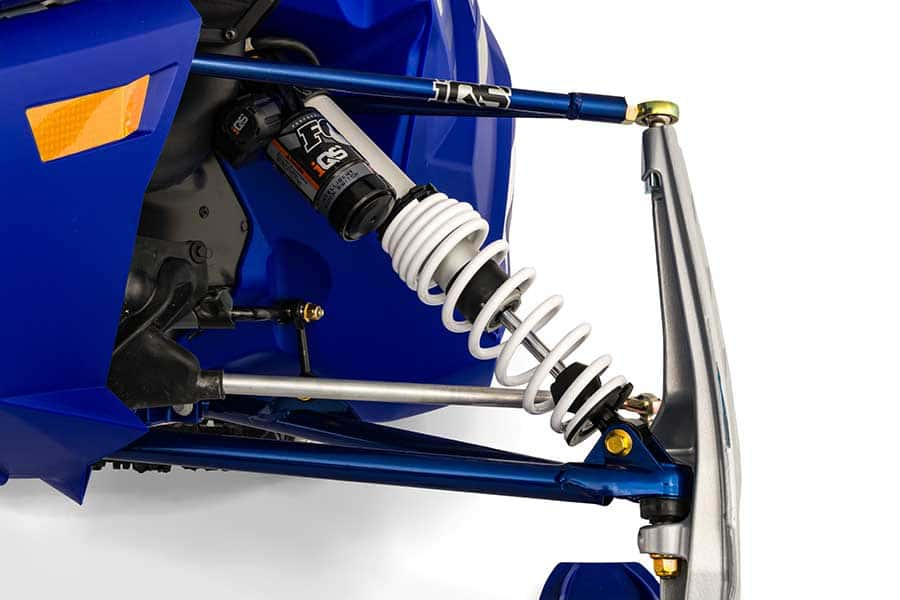 |
|
Stryke' Single Keel Ski
The new Yamaha design, single keel ski, strikes the elusive balance between lightweight steering effort and precision handling over a wide range of snow conditions. Unique, tapered carbides further enhance steering response. A unique shim pad assembly works in conjunction with the rubber saddle block to adjust the carbide pressure point. Overall ski stance is also adjustable by relocating the thick spacer located on each ski axle to the opposite side.ge case and 4 gallon auxiliary fuel tank. Total fuel capacity is bumped up to 11 gallons or 42 liters, which goes a long ways on the trail and your peace of mind. |
 |
|
Low Profile Ripsaw Track
|
 |
|
KEY FEATURES | |
| |
|
TOP | |
| |
|
Performance | |
| |
|
Handling | |
| |
Please note this is a list of product available at Yamaha but may not be in stock here
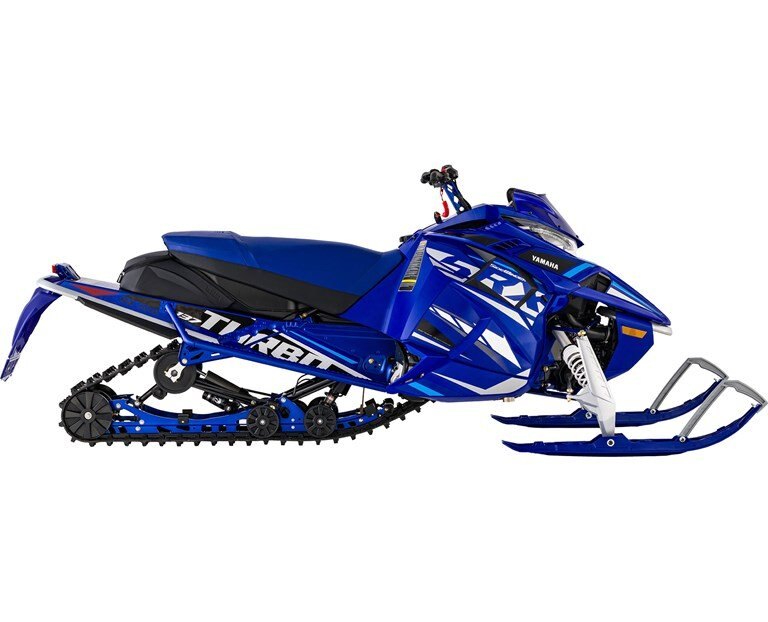
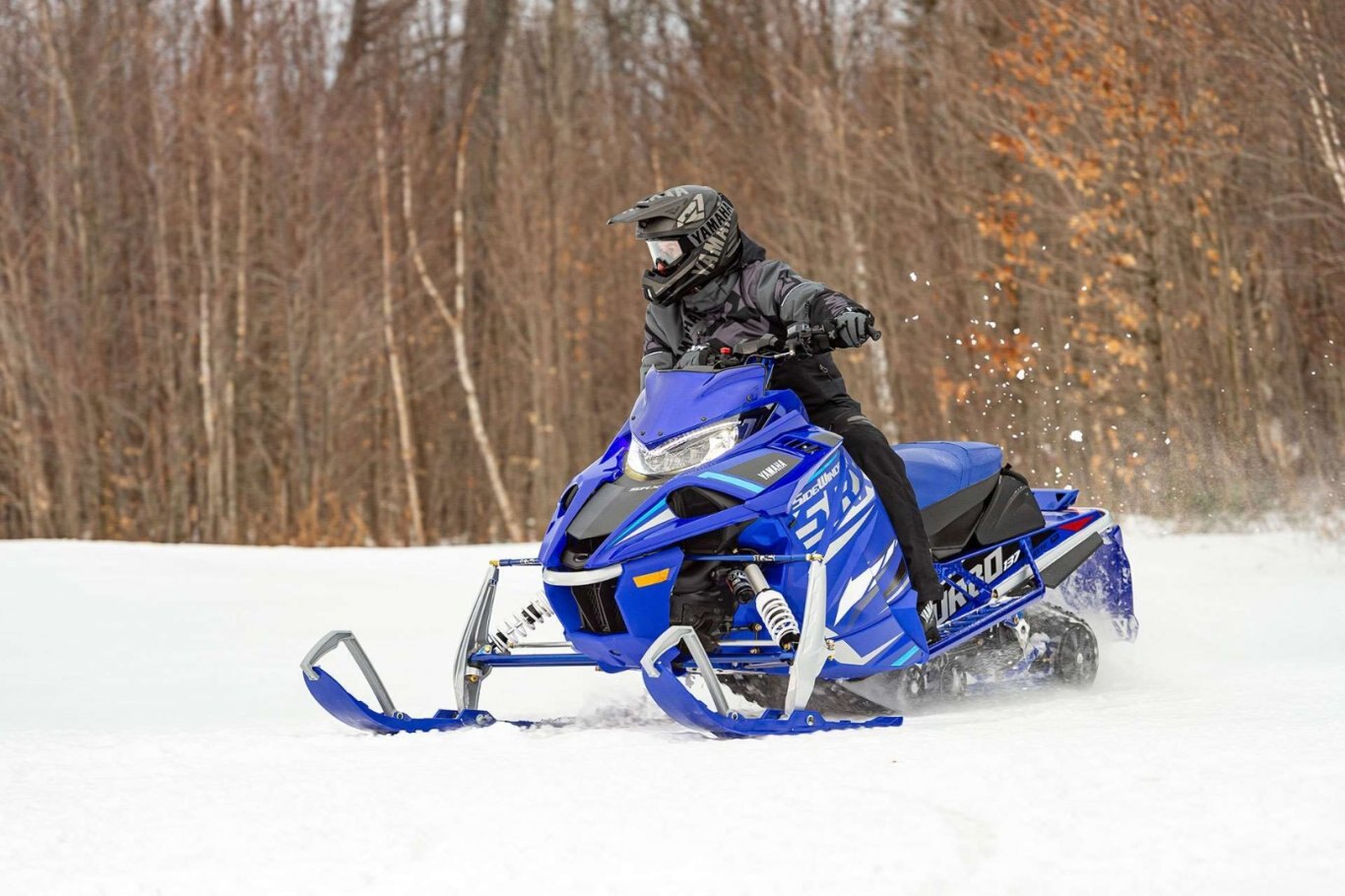
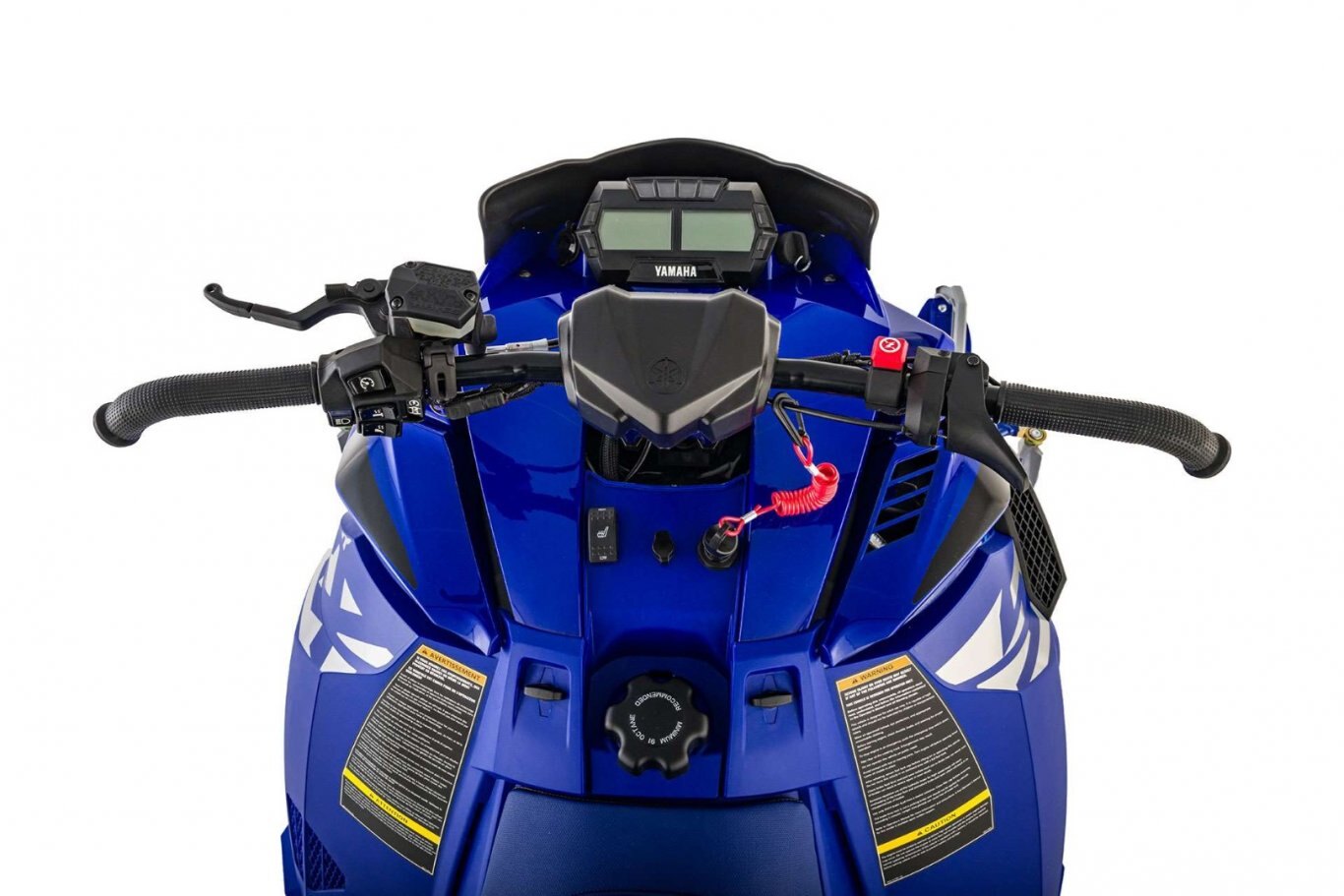
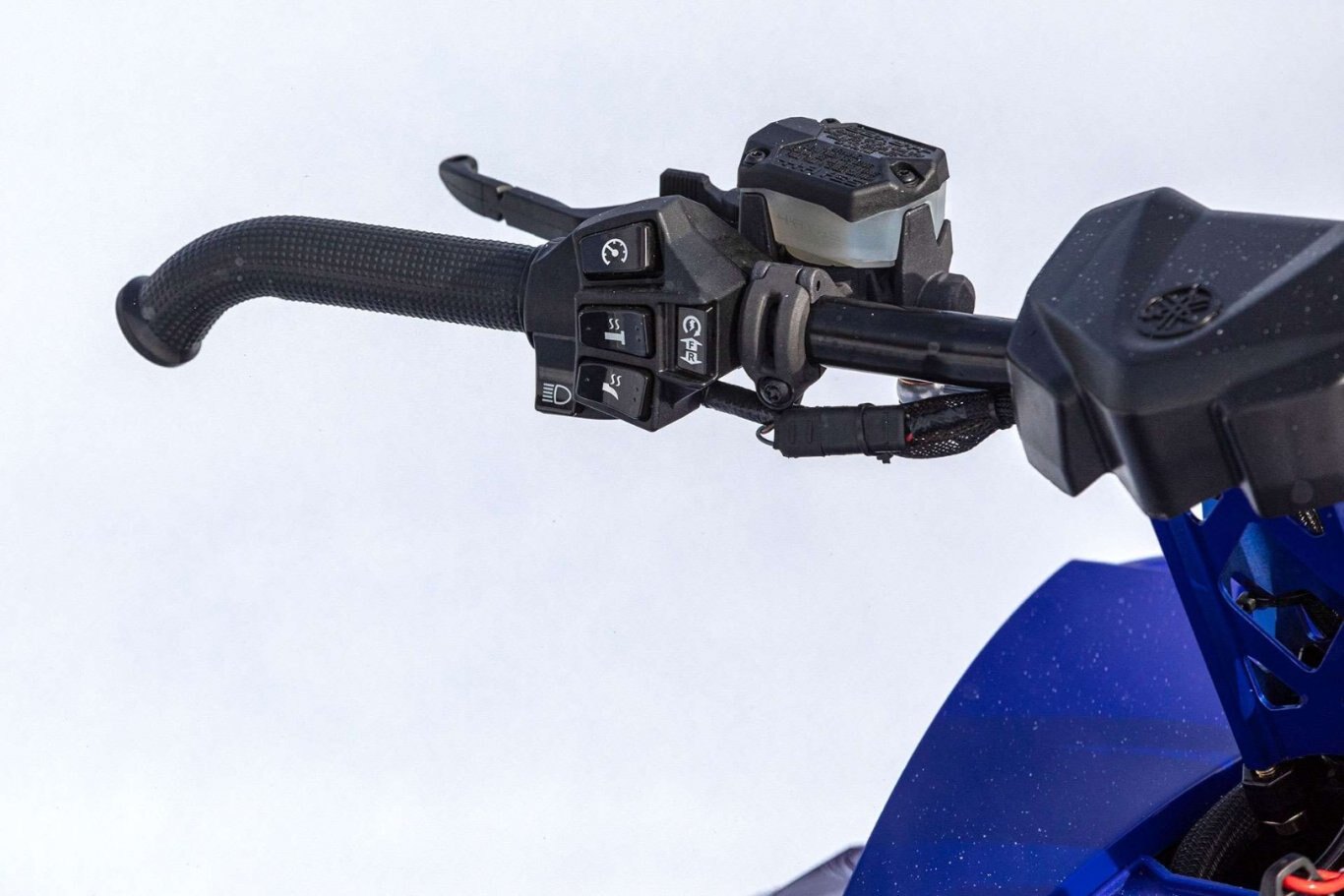
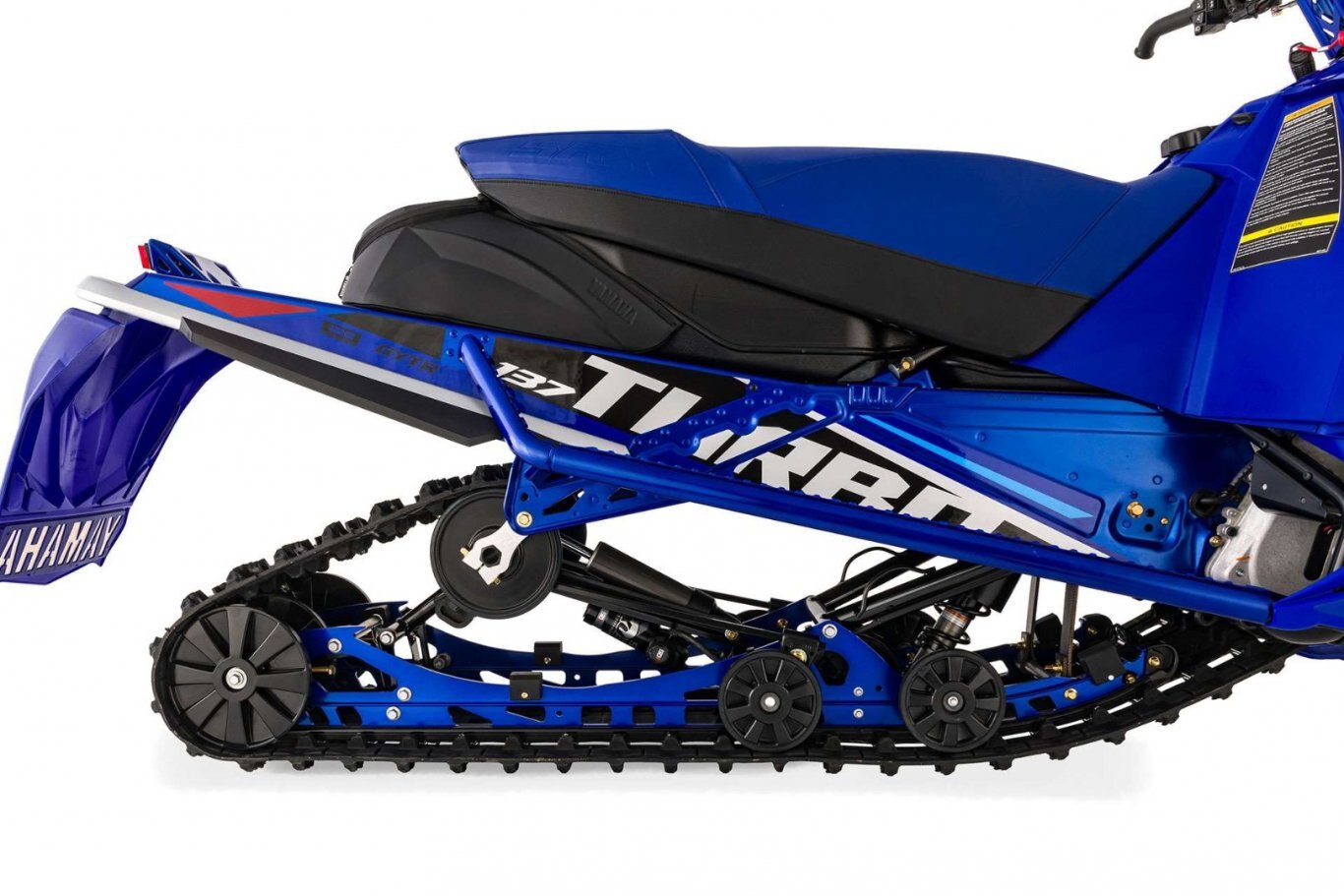
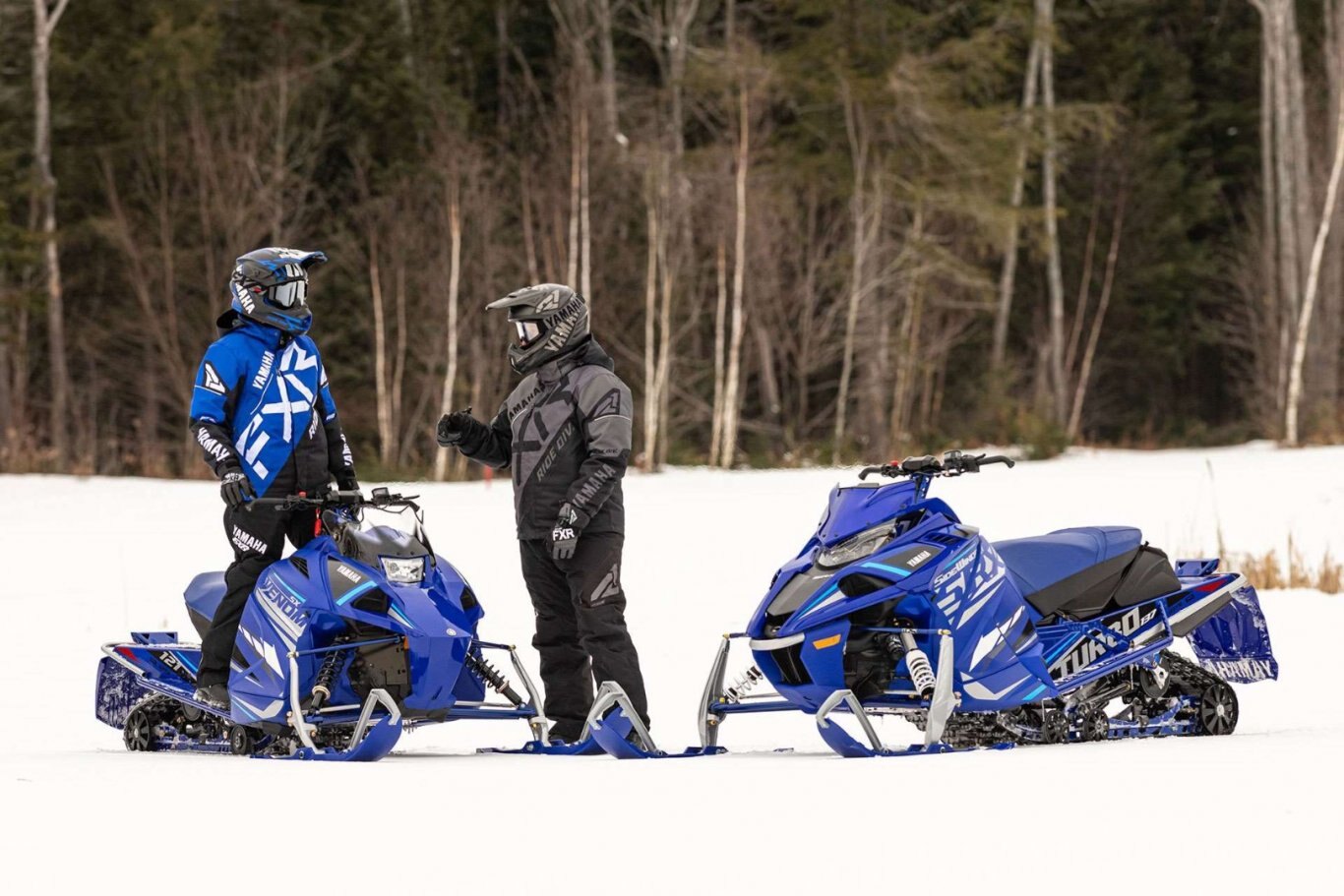
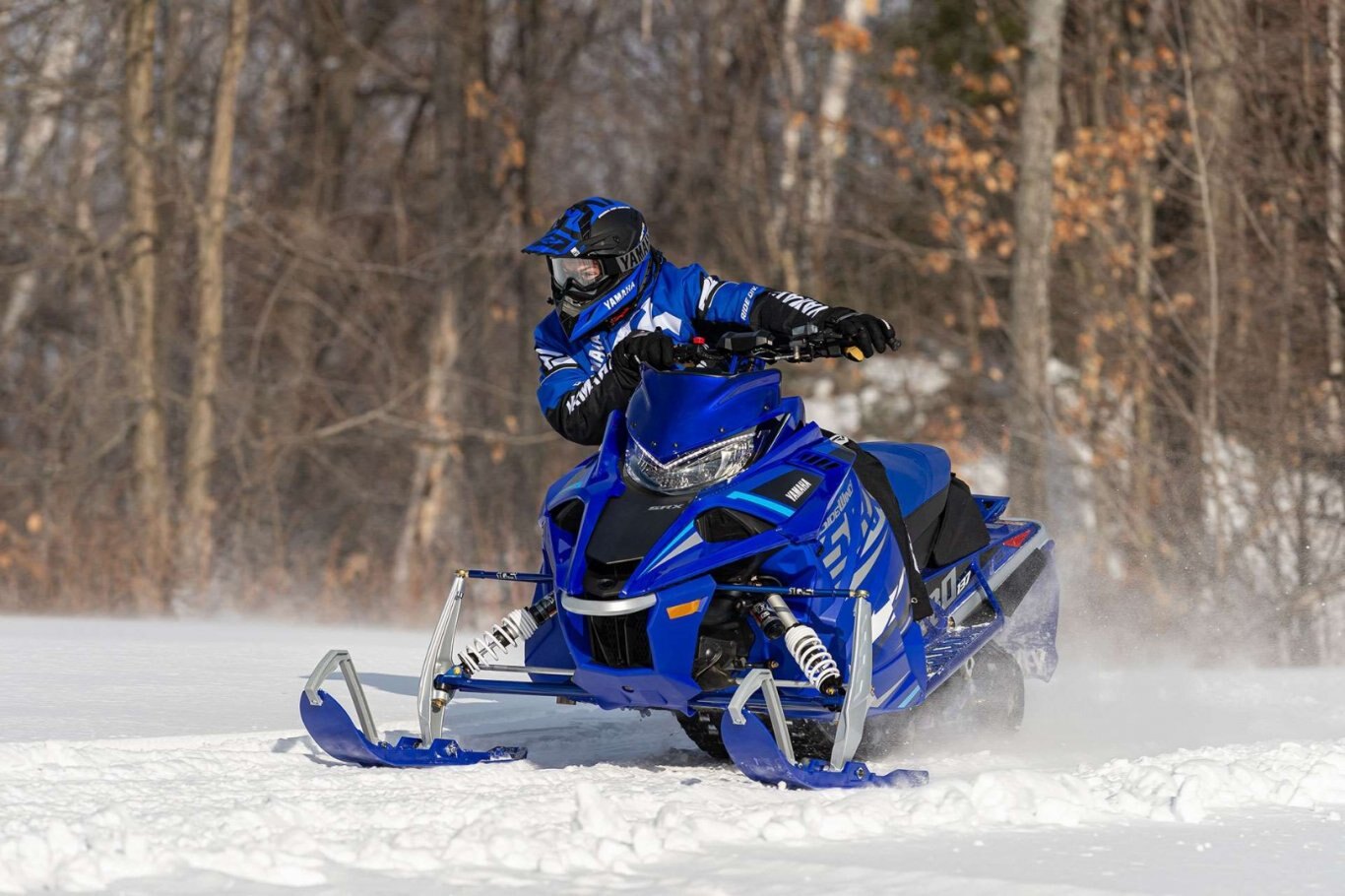
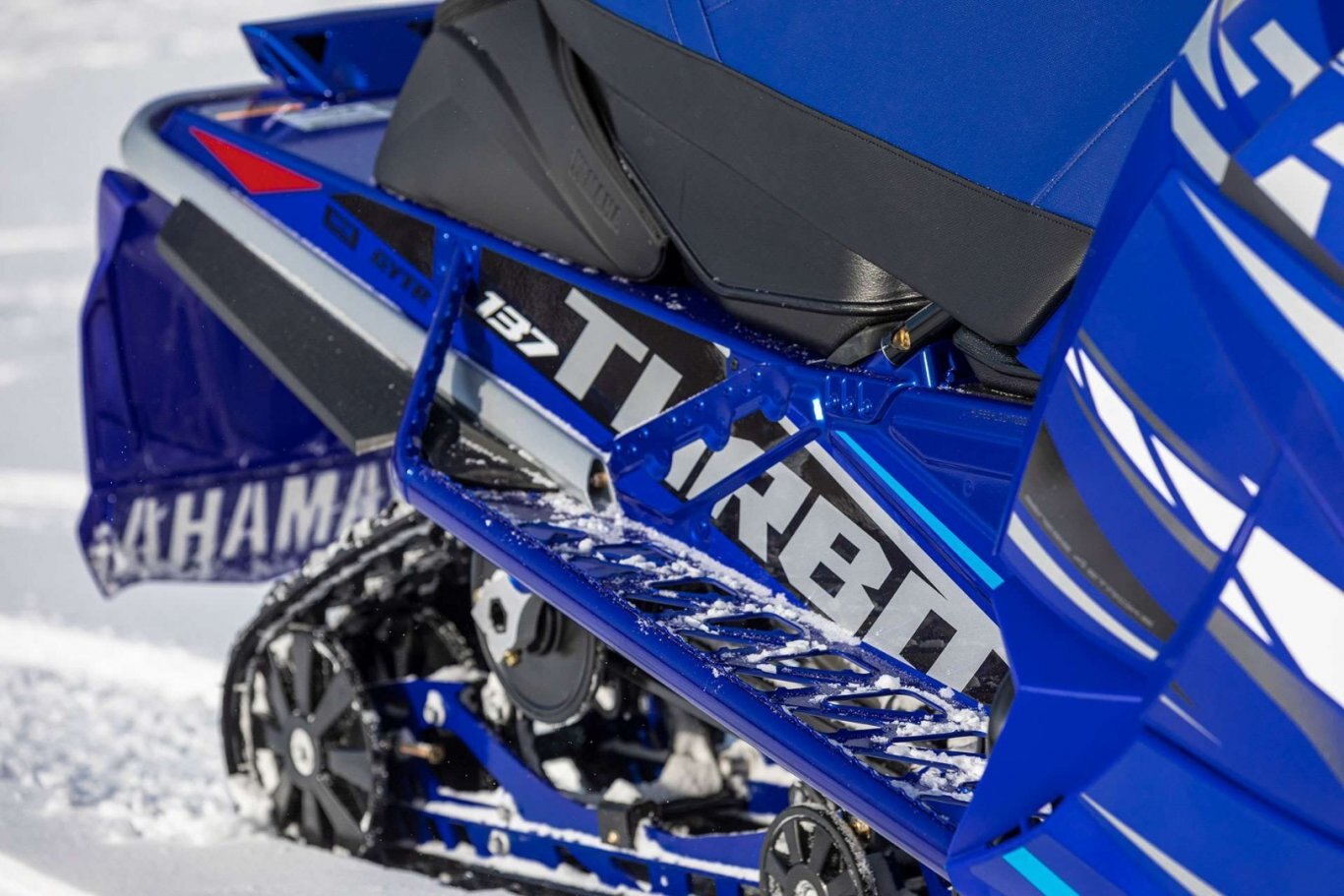
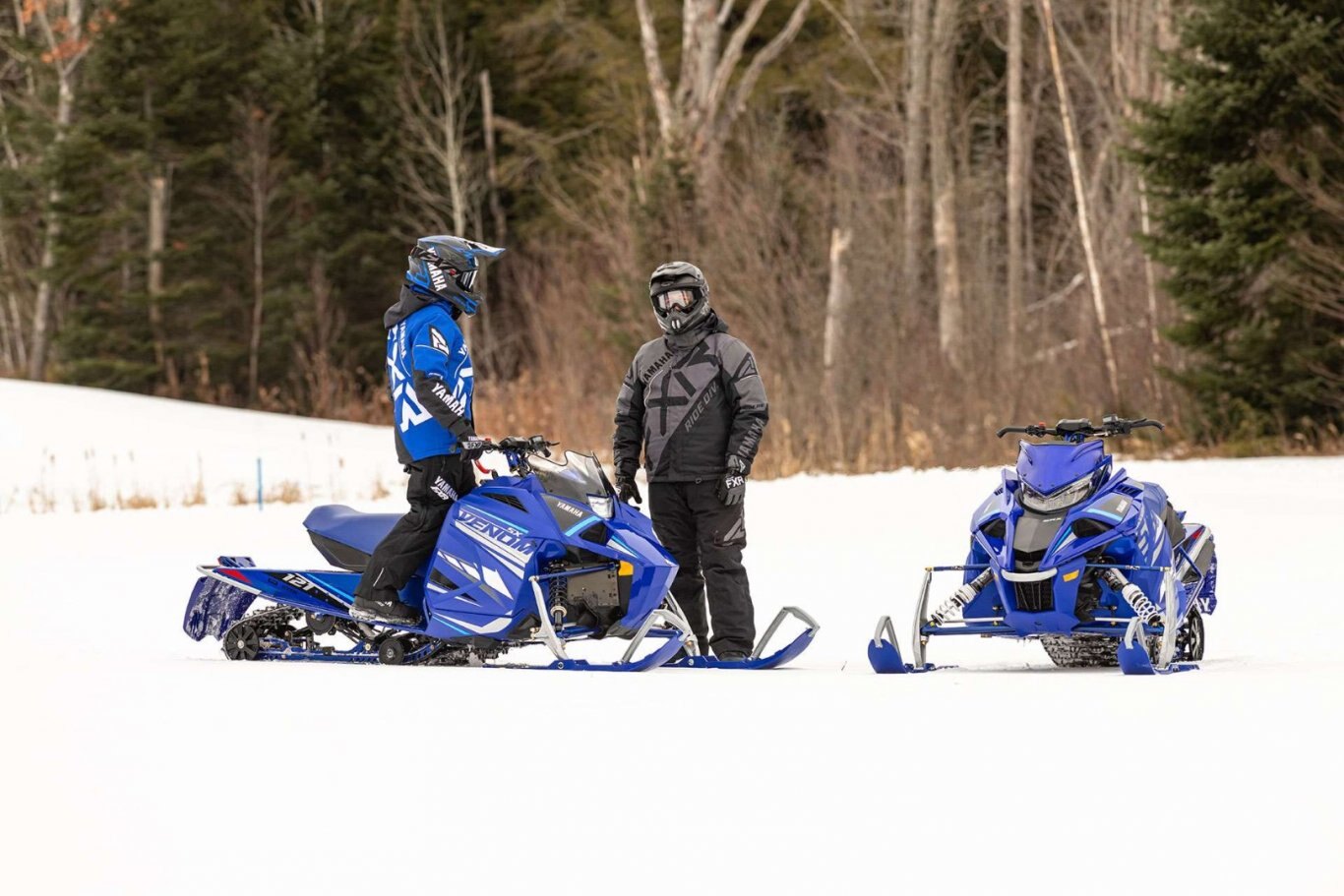
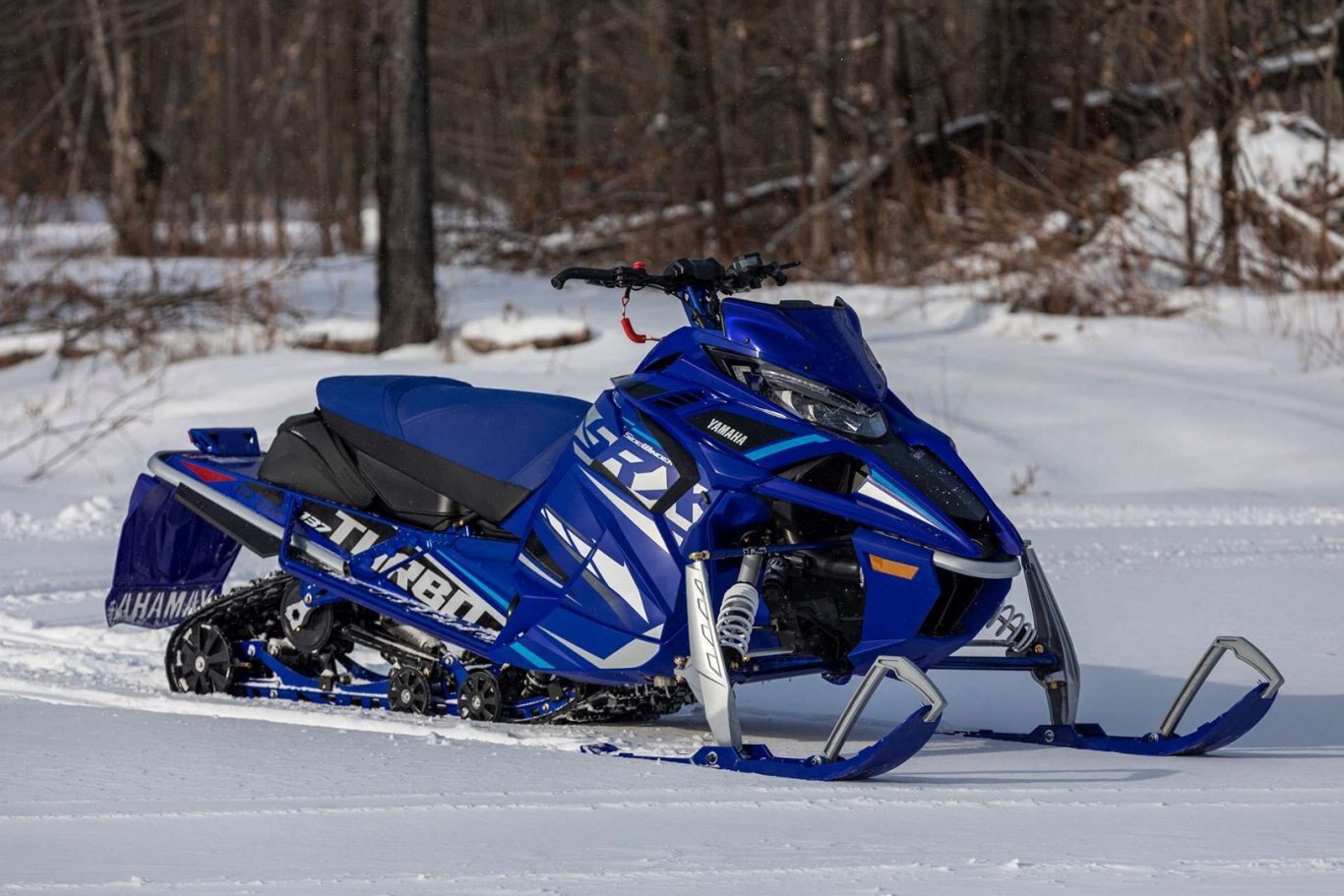
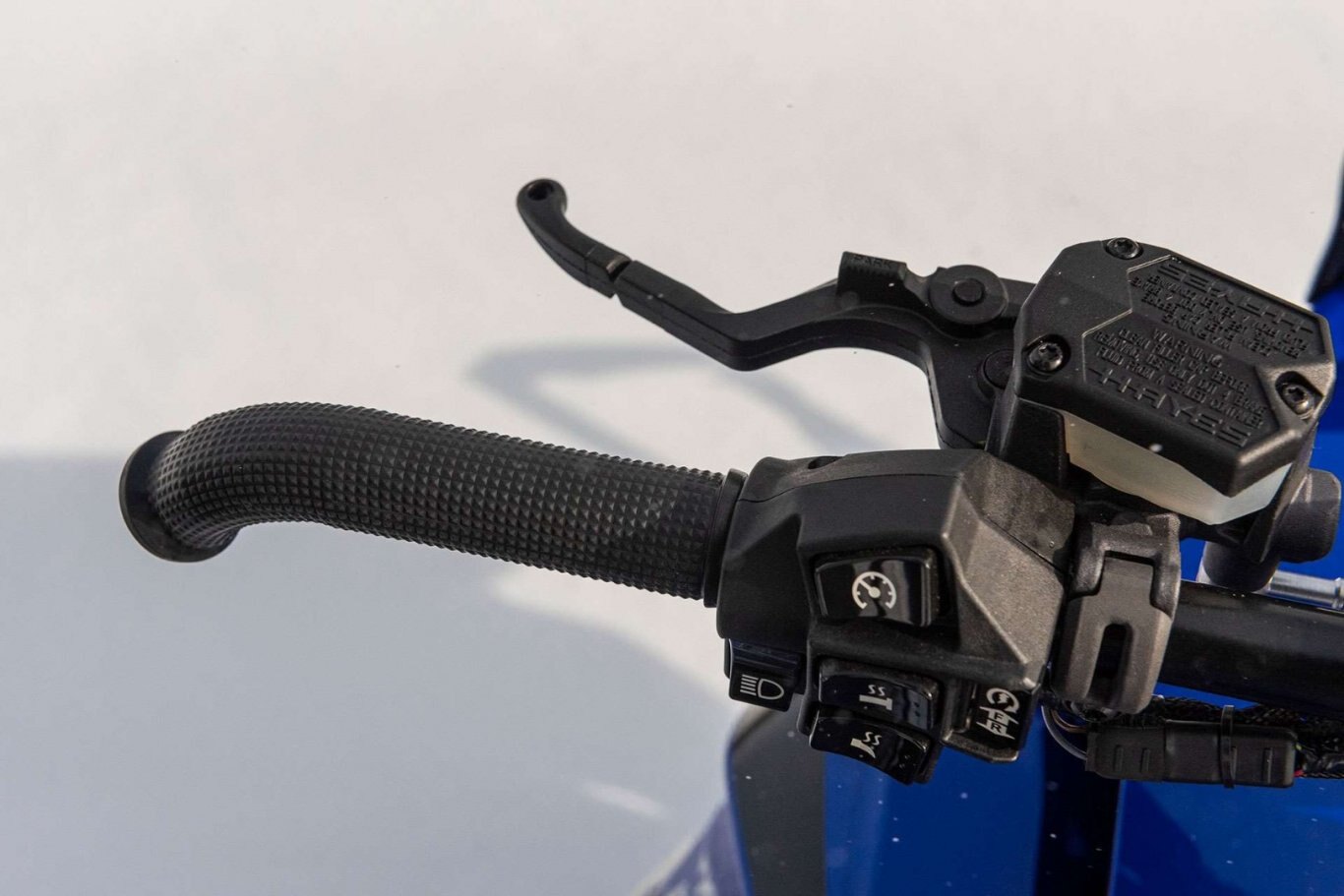
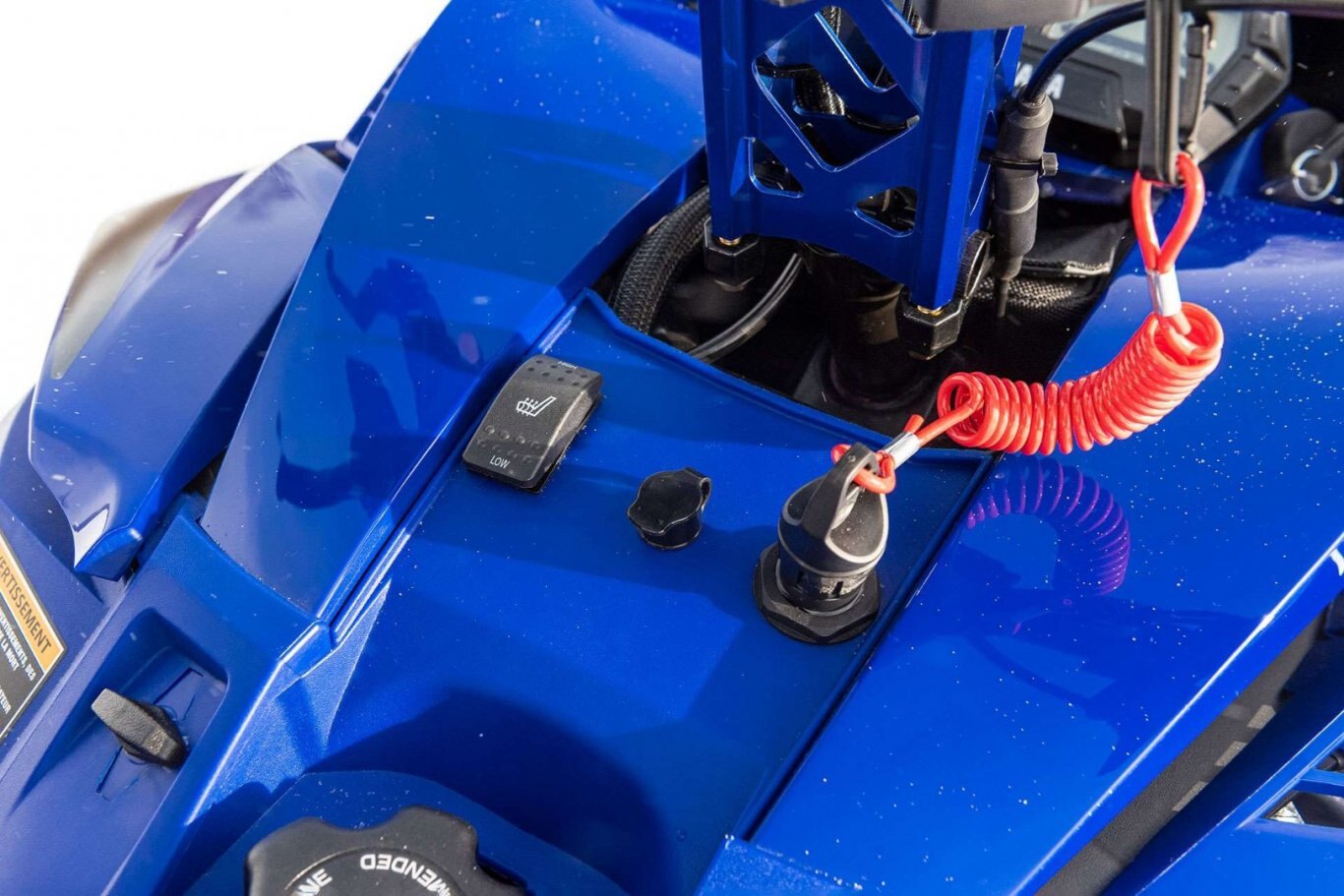
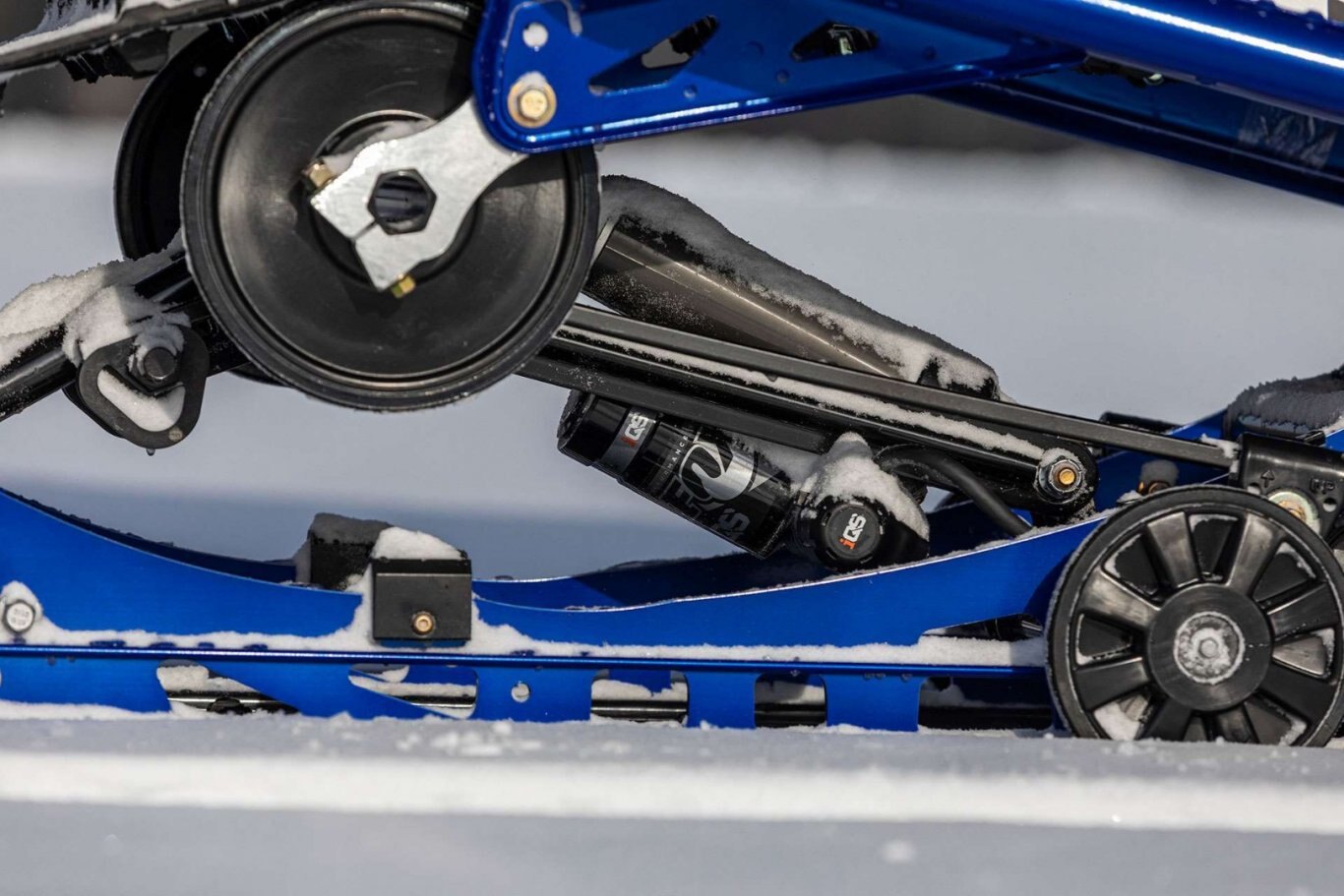
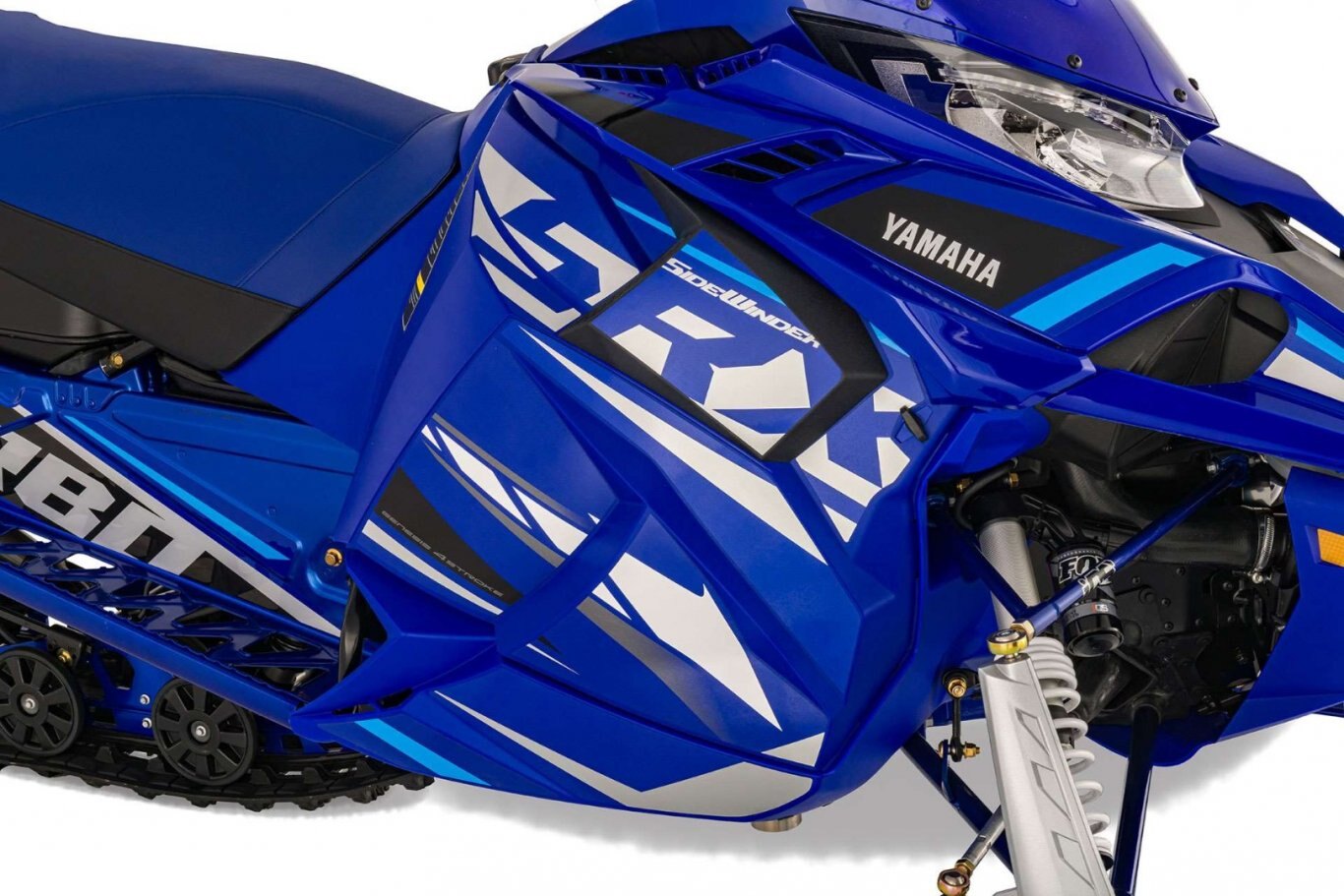
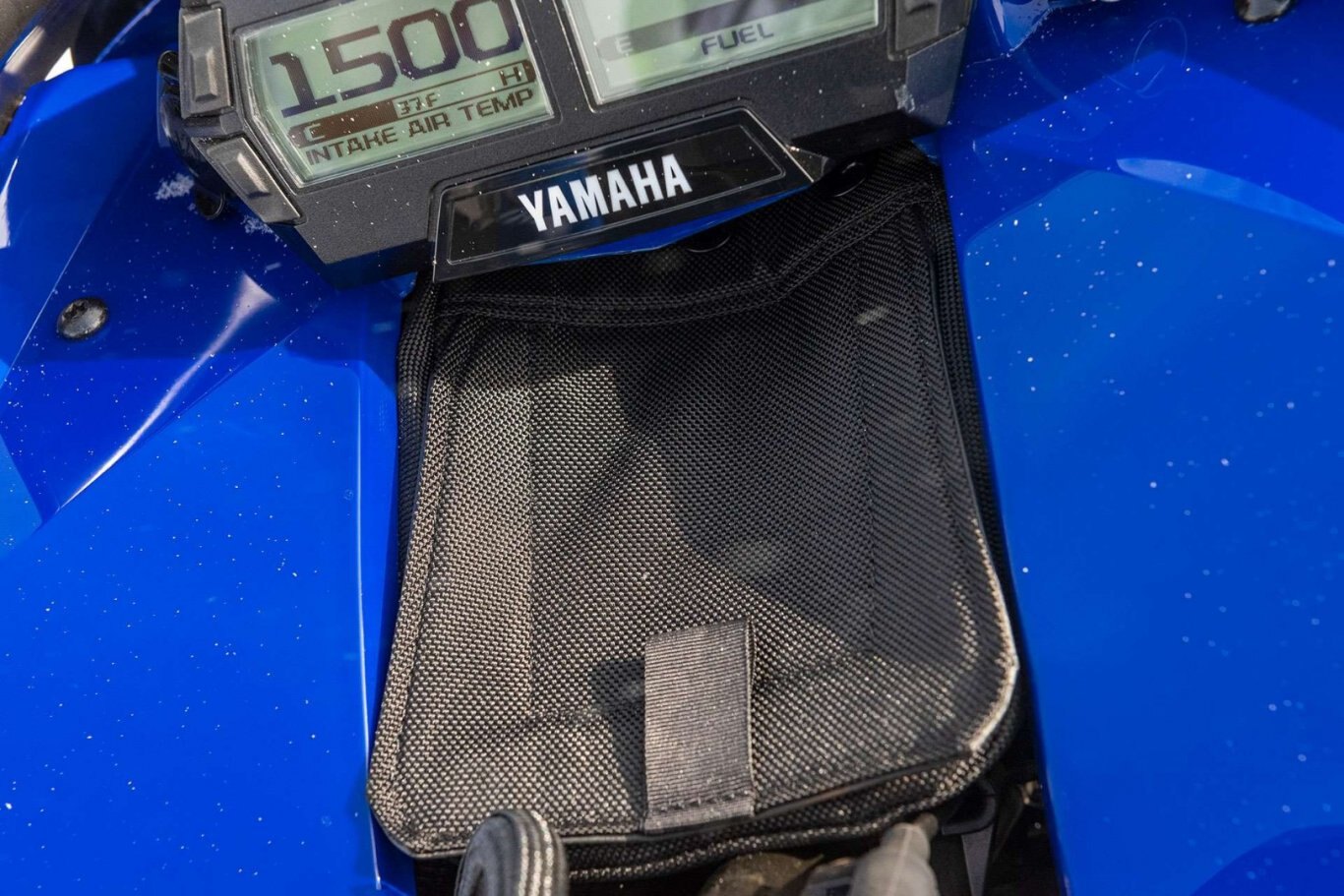
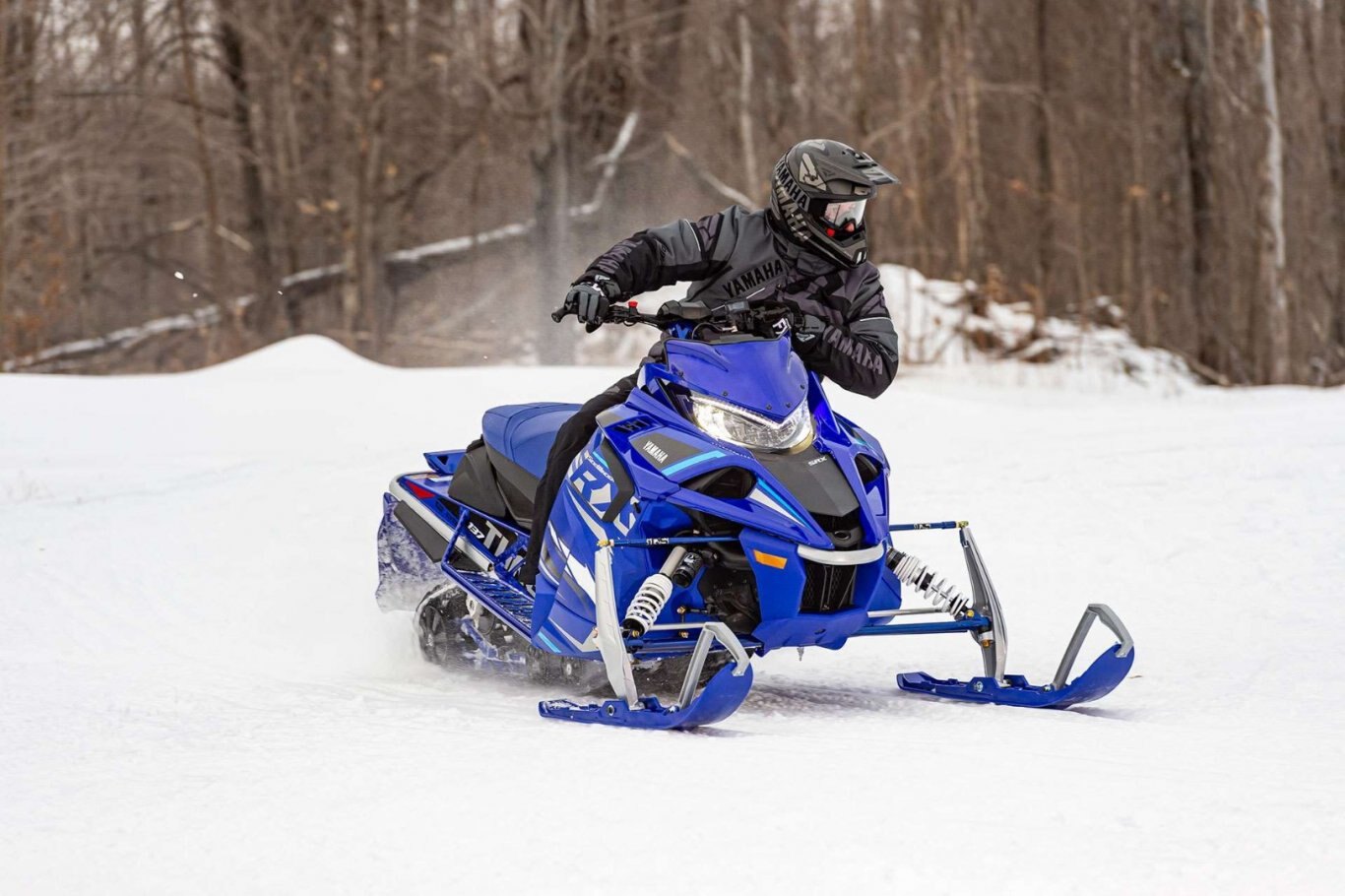
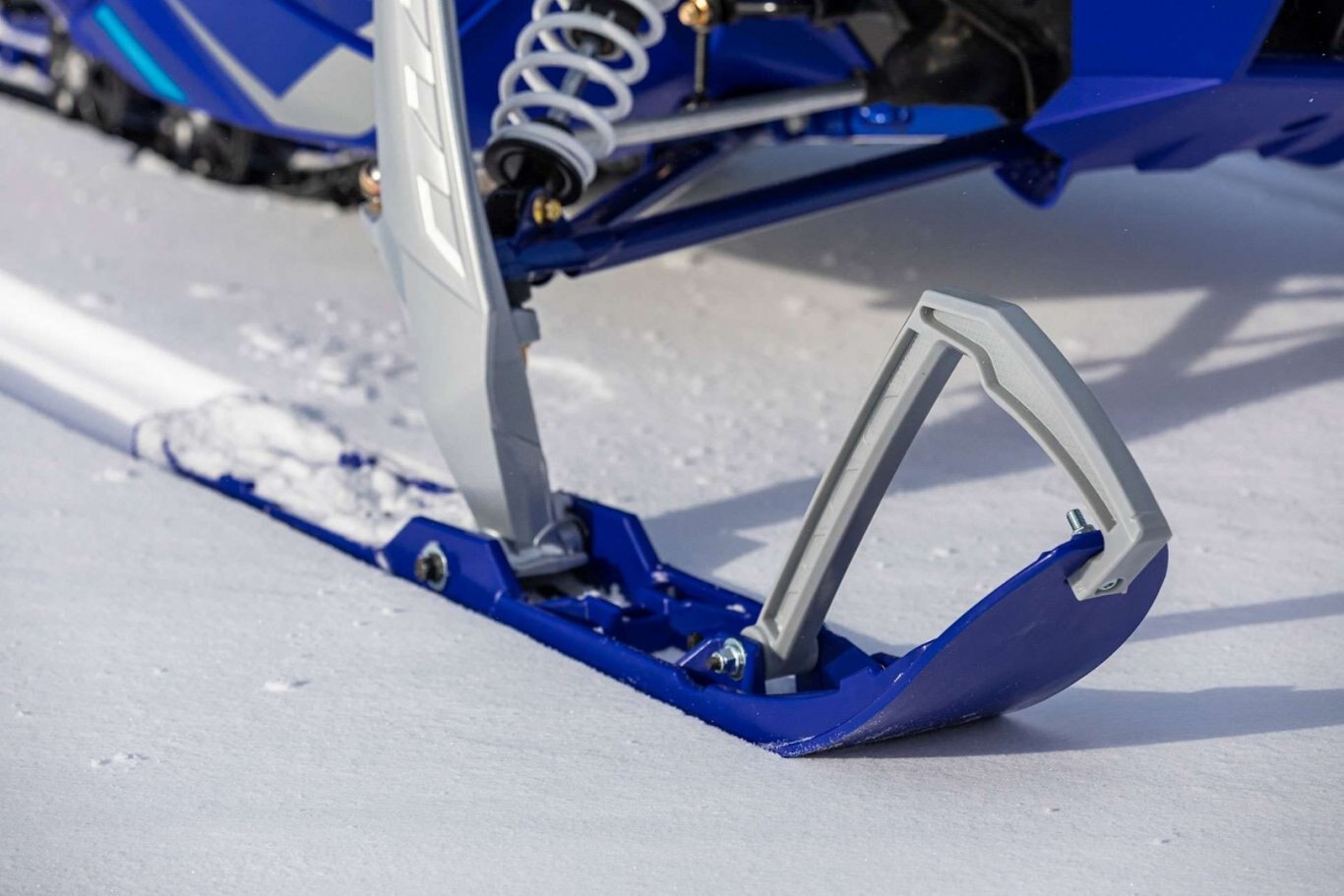
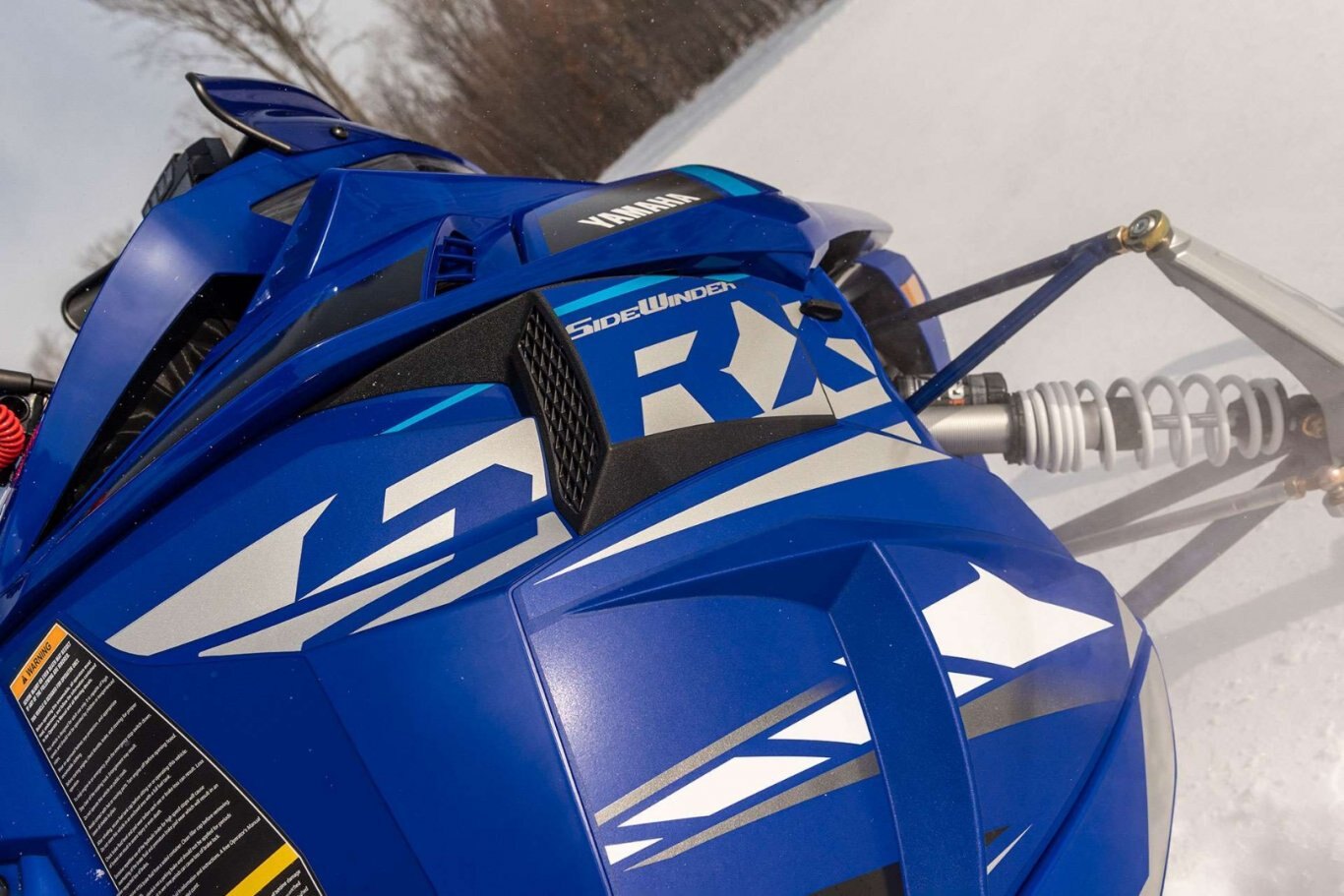
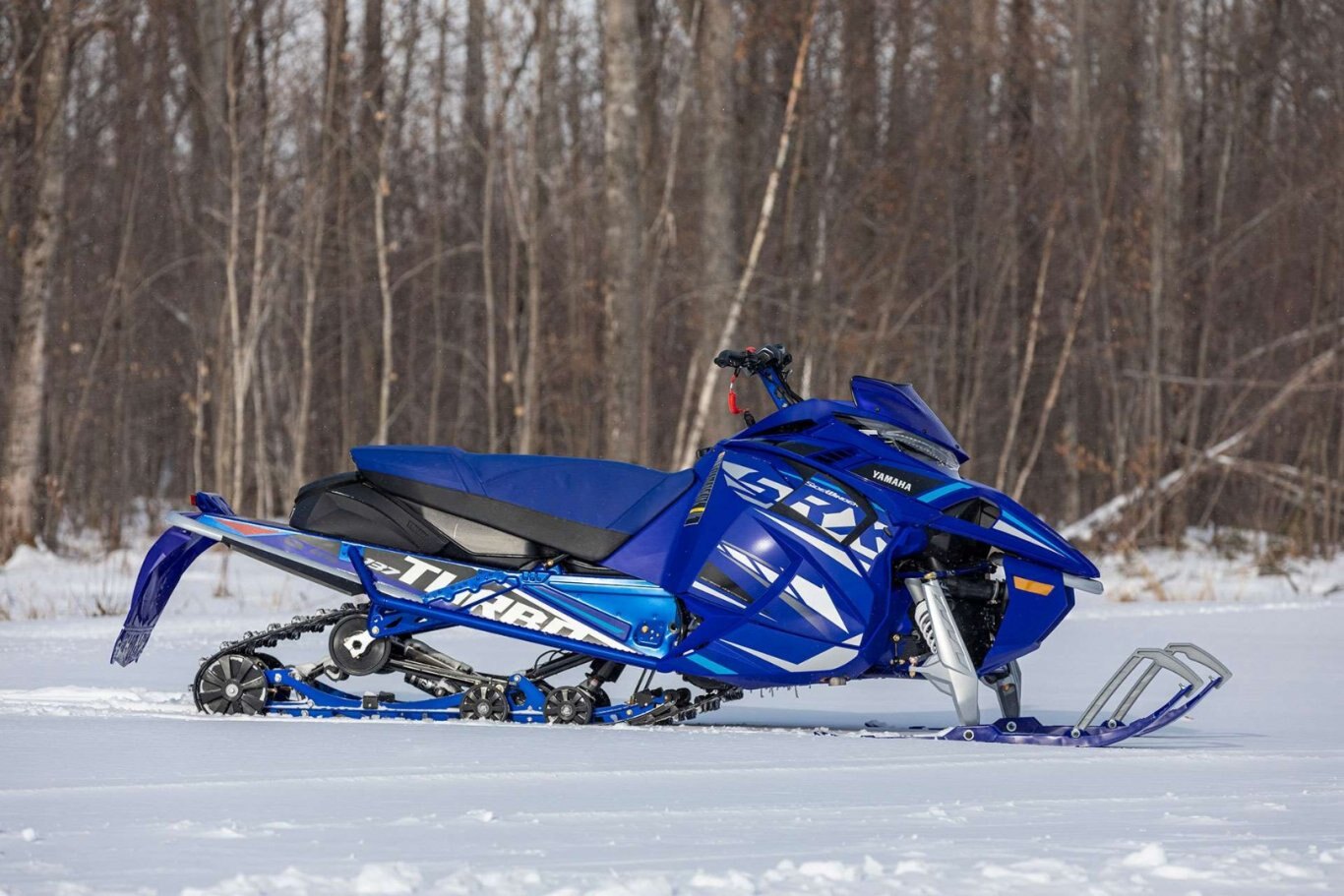
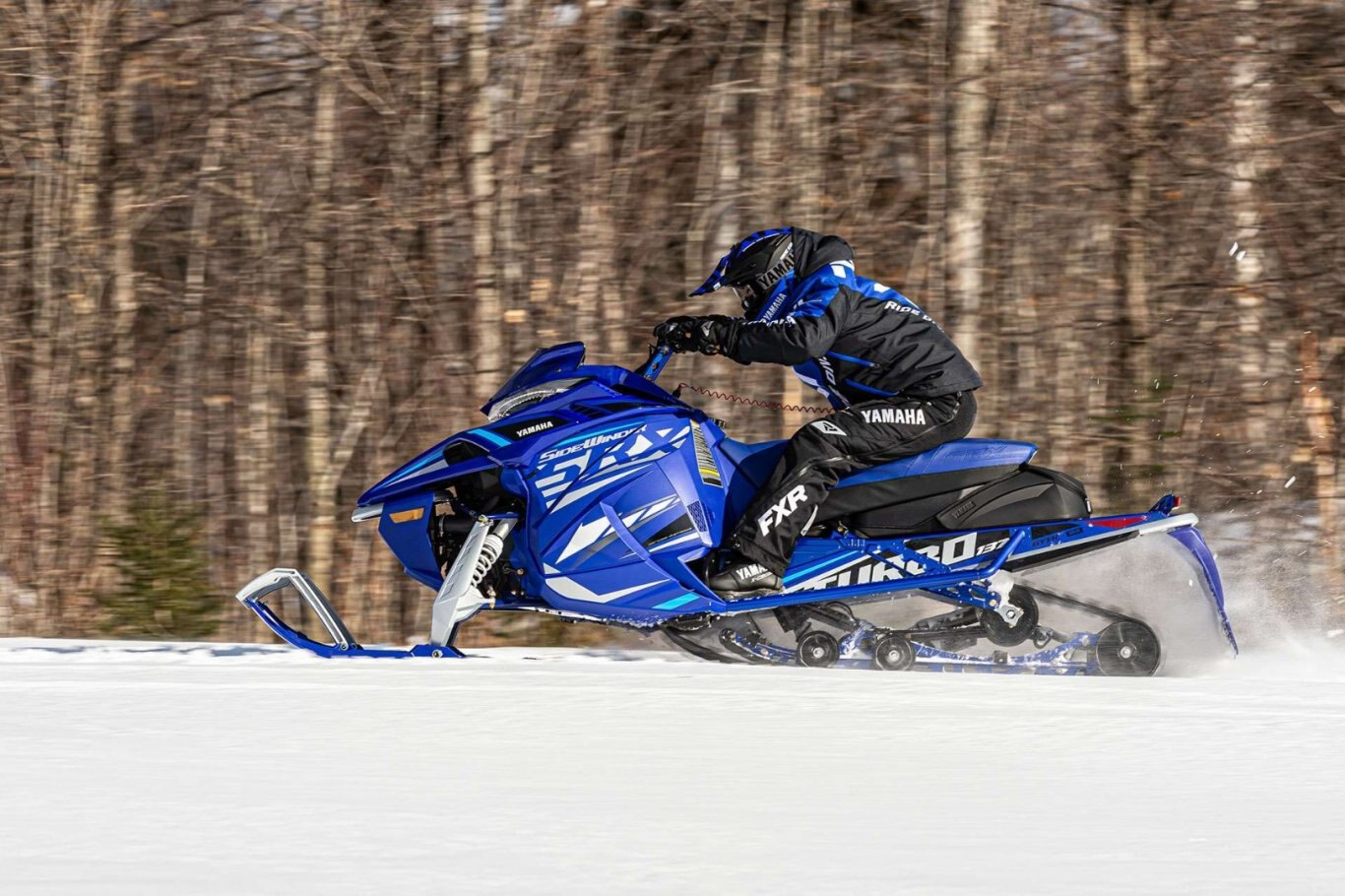

ID # 17383362
2021 Yamaha SIDEWINDER SRX LE
Call for Price
Overview
Specifications
Videos
|
COMFORT |
|
Model
SIDEWINDER SRX LE
Category Name
Snowmobiles
Year
2021
TYPE
Turbo 4-stroke / 998 cc
CLUTCH
YSRC
TRACK TYPE
Camso Ripsaw I
CENTRE SHOCK
Monotube Alum-HP GAS 1.5
ENGINE CLASS
Ultra Performance
FRONT SHOCKS
Fox 1.5 Zero iQS w/SRX Dual Rate Springs
FUEL CAPACITY
8.9 gal. (33.6 L)
FUEL DELIVERY
Electronic Fuel Injection
REAR SUSPENSION
Dual Shock SR 137
FRONT SUSPENSION
Independent Double Wishbone
TRACK / W X L X H
15" x 137" x 1.00"
SKI STANCE (CTR TO CTR)
42" (1,067 mm) adjustable
Model
SIDEWINDER SRX LE
Category Name
Snowmobiles
Year
2021
TYPE
Turbo 4-stroke / 998 cc
CLUTCH
YSRC
TRACK TYPE
Camso Ripsaw I
CENTRE SHOCK
Monotube Alum-HP GAS 1.5
ENGINE CLASS
Ultra Performance
FRONT SHOCKS
Fox 1.5 Zero iQS w/SRX Dual Rate Springs








